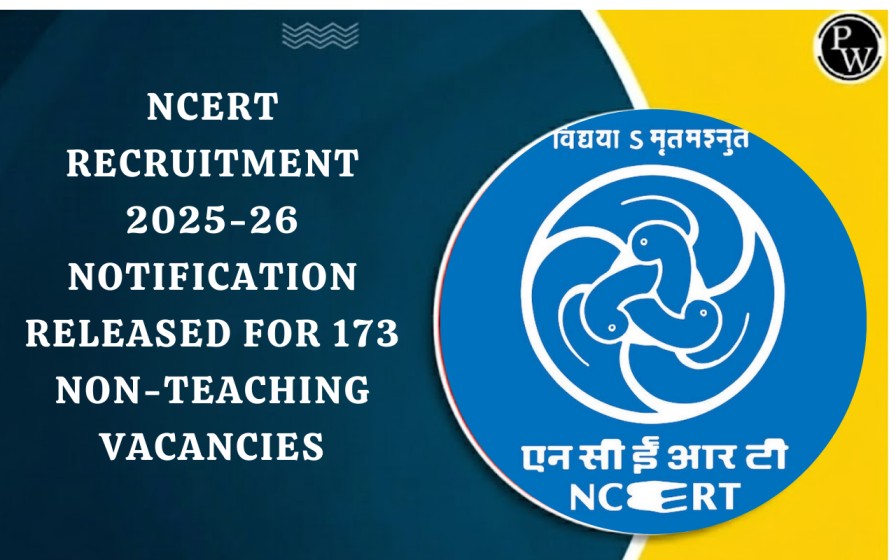
Aravalli Range
The Aravalli Range, one of the oldest mountain ranges in the world, extends approximately 800 kilometers across western India, covering states like Rajasthan, Haryana, and Gujarat. Known for its rich geological history, diverse ecosystems, and cultural significance, the Aravalli Range has played a crucial role in shaping the history and geography of the Indian subcontinent.Aravalli Range Geological Significance
Age and Formation: The Aravalli Range is ancient, with its origins tracing back to the Proterozoic Era, over 1.5 billion years ago. It was formed through the process of orogeny, a tectonic activity where the Indian Plate collided with the Eurasian Plate. This collision led to the creation of these fold mountains, making them one of the oldest mountain systems in the world.
Rock Types: The range comprises diverse rock types, including granite, marble, phyllite, and schist. These rocks are rich in minerals like copper, zinc, lead, and even precious stones such as emeralds and garnets. The geological diversity has contributed to significant mining activities in the region.
Aravalli Range Geographical Extent
Spread Across States: The Aravalli Range stretches from Gujarat in the southwest, through Rajasthan, and into Haryana in the northeast. Its most prominent peaks and ridges are found in Rajasthan, particularly around the city of Udaipur and Mount Abu, which is the highest peak of the range at 1,722 meters.
Major Peaks
- Guru Shikhar : The highest peak in the Aravalli Range, located in Mount Abu.
- Sajjangarh : Known for the Monsoon Palace near Udaipur.
- Moti Dungri : A notable peak near Jaipur, known for its temple and palace.
Aravalli Range Environmental Importance
Biodiversity: The Aravalli Range supports a variety of ecosystems, ranging from dry deciduous forests to scrublands. This biodiversity hotspot is home to numerous plant and animal species. Key wildlife includes leopards, hyenas, foxes, various species of deer, and various bird species.
Water Resources: The range acts as a crucial water catchment area. Several rivers, such as the Banas, Sahibi, and Luni, originate from the Aravallis, providing water for agriculture and human consumption in the arid regions of Rajasthan and Gujarat.
Climate Regulation: The Aravalli Range plays a significant role in influencing the climate of northwestern India. It acts as a barrier against the hot desert winds from the Thar Desert, helping in moderating the climate of the eastern parts of Rajasthan and parts of Haryana and Delhi.
Aravalli Range Cultural and Historical Significance
Ancient Civilizations: The range has been a cradle for ancient human civilizations. The Indus Valley Civilization, one of the world's earliest urban civilizations, had several settlements along the foothills of the Aravallis. The region is dotted with archaeological sites and historical monuments.
Forts and Palaces: Rajasthan's rich history is reflected in the numerous forts and palaces nestled within the Aravallis. Some notable ones include:
- Kumbhalgarh Fort : A UNESCO World Heritage Site known for its massive walls.
- Chittorgarh Fort : Another UNESCO site, famous for its heroic tales of Rajput resistance.
- Amber Fort : Located near Jaipur, known for its artistic Hindu architecture.
Spiritual Sites: The Aravallis are also a spiritual haven with numerous temples and pilgrimage sites. Mount Abu, in particular, is known for the Dilwara Temples, which are renowned for their intricate marble carvings.
Aravalli Range Economic Significance
Mining: The Aravalli Range is rich in minerals, leading to extensive mining activities. Rajasthan, particularly, is a leading producer of zinc, lead, marble, and other minerals. This has boosted the local economy but also raised environmental concerns due to the degradation caused by mining.
Tourism: Tourism is a significant economic activity in the Aravalli region. The natural beauty, historical forts, wildlife sanctuaries, and spiritual sites attract millions of tourists annually, contributing to the local and national economy.
Aravalli Range Environmental Challenges
Deforestation: One of the major challenges facing the Aravalli Range is deforestation. Increasing population pressure, agricultural expansion, and illegal logging have led to significant forest cover loss, impacting biodiversity and climate regulation.
Mining Impact: While mining is economically beneficial, it has caused severe environmental degradation. The removal of vegetation cover, soil erosion, and contamination of water sources are significant issues resulting from unregulated mining activities.
Urbanization: The expansion of cities like Delhi, Gurgaon, and Jaipur has encroached upon the natural landscapes of the Aravalli Range. This urban sprawl has led to habitat fragmentation and increased pollution levels, threatening the ecological balance.
Aravalli Range Conservation Efforts
Legal Measures: To combat environmental degradation, the Indian government has implemented several legal measures. The Forest Conservation Act and the Environment Protection Act aim to regulate deforestation and protect wildlife habitats. Specific policies targeting the Aravallis include restrictions on mining activities and urban development.
Afforestation Programs: Numerous afforestation and reforestation programs have been initiated to restore the lost forest cover. These programs involve planting native tree species, which help in rejuvenating the soil and providing habitats for wildlife.
Wildlife Sanctuaries: Several wildlife sanctuaries and national parks have been established in the Aravalli region to conserve biodiversity. Notable ones include:
- Sariska Tiger Reserve : Located in Rajasthan, known for its tiger population.
- Ranthambore National Park : Another famous tiger reserve with a rich variety of flora and fauna.
- Mount Abu Wildlife Sanctuary : Home to numerous plant species, birds, and animals.
Aravalli Range Future Prospects
Sustainable Development: The future of the Aravalli Range lies in balancing development with conservation. Sustainable development practices, such as eco-tourism and regulated mining, can help preserve the environment while boosting the local economy.
Community Involvement: Engaging local communities in conservation efforts is crucial. Community-led initiatives for forest protection, wildlife conservation, and sustainable agriculture can lead to more effective and long-lasting outcomes.
Research and Education: Increased research on the Aravalli ecosystem and public education about its importance can drive conservation efforts. Educational programs that highlight the ecological and cultural significance of the range can foster a sense of stewardship among the local population and visitors.
To succeed in upcoming exams, candidates should consider exploring PW SSC Books We provide high-quality content at an affordable price, including sample papers, mock tests, guidance sessions, and more to ensure aspirants secure their selection. Also, enroll today on SSC Online Coaching to turn your dreams into reality.Aravalli Range FAQs
1. What is the significance of the Aravalli Range?
2. Where is the Aravalli Range located?
3. What are the major environmental challenges facing the Aravalli Range?
4. How is the Aravalli Range being conserved?










